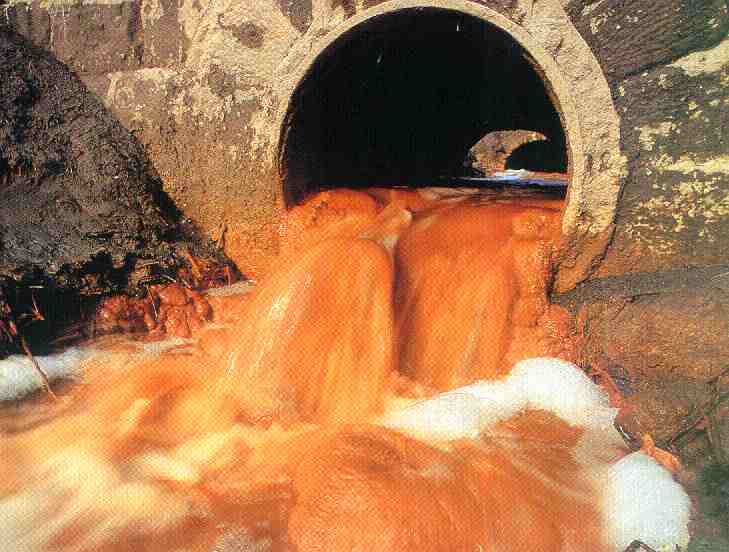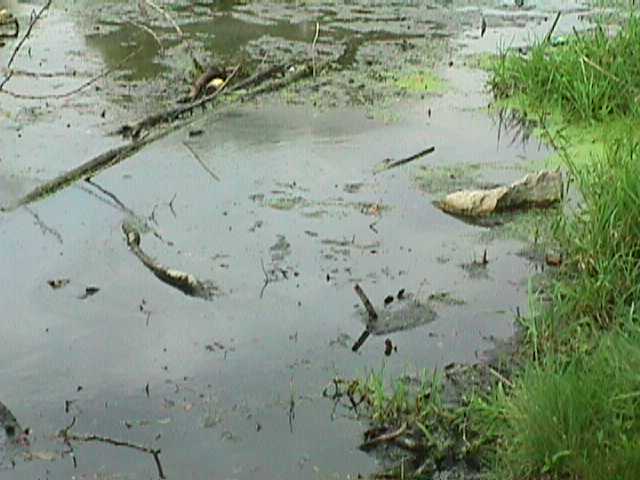| Section 5 : Pollution
|
||
| SECTION 1
SECTION 2 SECTION 3 SECTION 4 SECTION 5 SECTION 6 SECTION 7 SECTION 8 SECTION 9 SECTION 10 SECTION 11
|
  
POLLUTION
The major polluting industries on the Ganga are the leather industries, especially near Kanpur, which use large amounts of Chromium and other chemicals, and much of it finds its way into the meager flow of the Ganga. Unfortunately, this is a boom time for leather processing in India, which many view as a form of eco-environmental dumping on the third world, and with the lax and lubricable implementation systems of the U.P. Government, it does not seem likely that this will go down. The world bank report 1992, which focussed on the environmental issues, mentions the dissolved-oxygen and riverborne decomposing material at two points on the Ganga.
However, industry is not the only source of pollution. Sheer volume of waste - estimated at nearly 1 billion litres per day - of mostly untreated raw sewage - is a significant factor. Also, inadequate cremation procedures contributes to a large number of partially burnt or unburnt corpses floating down the Ganga, not to mention livestock corpses, which I have personally counted at about one every two hours at the Ganga in Bithoor, a holy site where Sita was supposed to have lived for a period during the Vanaprastha, and site of much of the Indian savagery during the Civil War of 1857.
In December 1984, an action plan was prepared for the immediate reduction of pollution load on the river Ganga. The Cabinet approved the GAP (Ganga Action Plan)in April 1985 as a 100 per cent centrally sponsored scheme. The Ganga Action Plan has been set up under the Indian Government bureaucracy, and is attempting to build a number of waste treatment facilities, under Dutch and British support, and to collaborate with a number of voluntary organizations. Surprisingly, the Hindu political parties in India are not very active in the efforts to clean up the Ganga, and it is not very high in the general religious agenda. India's government has already spent over $33 million to address the overwhelming sewage problem.
|


